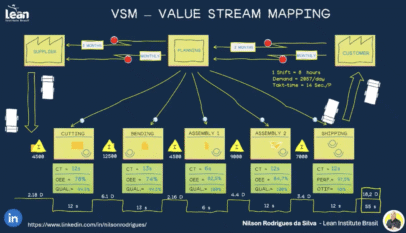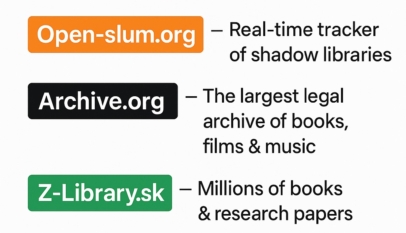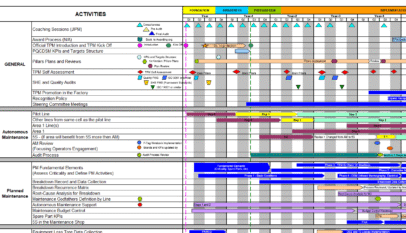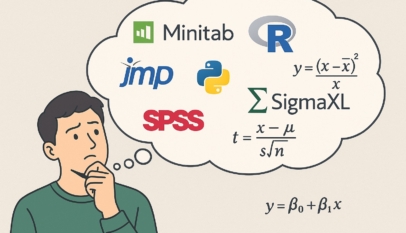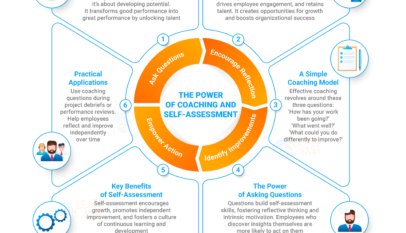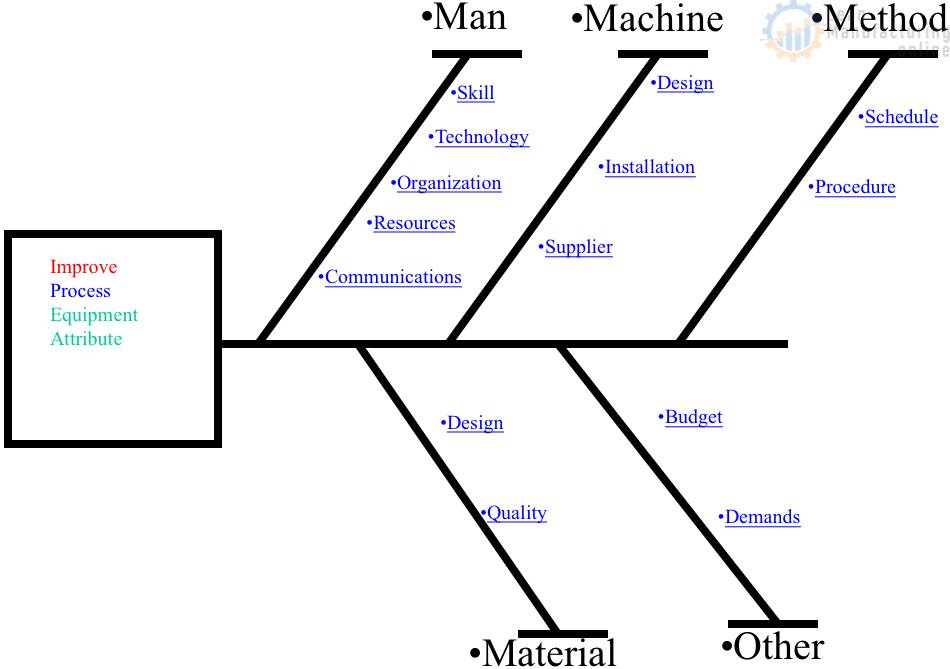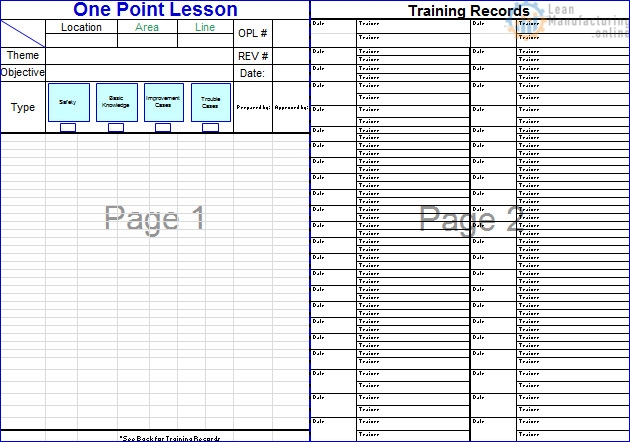Why Coaching Matters in the Workplace
Many organizations view coaching as an exclusive skill reserved for certified professionals. While certification is valuable, you don’t have to be a professional coach to use coaching tools effectively. Coaching is a powerful leadership technique that can accelerate employee performance, foster growth, and enhance motivation.
Companies like Google have recognized coaching as one of the top competencies of successful managers. Their research, known as Project Oxygen, identified coaching as the most crucial skill in effective leadership. But how exactly does coaching work, and how can you apply it in your organization? Let’s break it down.
What is Coaching?
Coaching is a structured process that uses focused conversations to drive personal and professional growth. Think of it as a “turbo mode” for employee development—helping individuals achieve results faster, more enjoyably, and with greater ease than they would on their own.
Unlike mentoring or training, coaching doesn’t involve giving direct advice. Instead, it revolves around asking the right questions, facilitating self-discovery, and encouraging accountability.
The Five Key Applications of Coaching in the Workplace
- Performance Coaching – Helping employees regain effectiveness when performance drops.
- Developmental Coaching – Supporting employees who are ready to advance in their roles.
- Career Coaching – Assisting employees in planning their next career moves.
- Coaching to Support Learning – Ensuring employees apply new knowledge and skills after training.
- Creating a Coaching Culture – Embedding coaching principles into the organization’s leadership approach.
Each type of coaching requires a tailored strategy, but they all share the same foundation: a structured approach to goal-setting, self-awareness, and action planning.
The Grow Model: A Simple Framework for Coaching Conversations
The Grow Model is one of the most widely used coaching frameworks. It provides a clear, step-by-step structure for coaching conversations, making it easier for managers to guide employees toward solutions.
Step 1: Goal – Define the Desired Outcome
A successful coaching session starts with defining a clear, specific, and measurable goal. Questions to ask:
- What do you want to achieve?
- What does success look like?
- How will you know when you’ve reached your goal?
Step 2: Reality – Assess the Current Situation
Once the goal is set, it’s crucial to understand the employee’s current position. Encourage them to analyze the gap between where they are now and where they want to be.
- Where are you now in relation to your goal?
- What are your strengths and weaknesses?
- What challenges or obstacles are you facing?
Step 3: Options – Explore Possible Solutions
This is the brainstorming phase, where employees generate ideas for reaching their goal. The key here is to resist the urge to offer solutions—let the employee come up with their own answers.
- What are all the possible ways to achieve this goal?
- If there were no limitations, what would you do?
- What has worked for you in similar situations before?
Step 4: Will – Commit to Action
Once options are explored, the next step is to choose a course of action and commit to it. This stage increases accountability and motivation.
- What will be your first step?
- What can you do today or tomorrow to move forward?
- How will you stay accountable for your progress?
How to Be an Effective Workplace Coach
Being a good coach requires more than just knowing the framework—it’s about developing the right mindset and communication skills. Here are the top three qualities of a great workplace coach:
1. Be Fully Present
Give the employee your full attention. Avoid distractions like emails or notifications, and create a space for focused, uninterrupted conversations.
2. Practice Active Listening
Show that you’re engaged by listening intently, nodding, summarizing key points, and asking clarifying questions. Employees feel valued when they know they’re being heard.
3. Ask Powerful, Open-Ended Questions
Encourage employees to think critically and find their own answers. Avoid yes/no questions and instead use open-ended ones like:
- What do you think is the best course of action?
- What’s stopping you from moving forward?
- If you were advising someone in your position, what would you say?
When Coaching Works (And When It Doesn’t)
Coaching is most effective for motivated employees who are ready to take ownership of their development. However, it’s not suitable for every situation. Here are some cases where coaching may not be the best approach:
✅ Best for:
✔ Employees who are already performing well but want to improve
✔ Employees looking for career growth
✔ Situations requiring problem-solving and self-driven solutions
❌ Not ideal for:
✖ Employees who lack motivation or responsibility
✖ Situations where a clear directive is needed
✖ Cases where there is only one correct solution
Integrating Coaching into Your Leadership Style
If you want to build a coaching culture in your organization, start by leading by example. Encourage managers and team leaders to adopt a coaching mindset, invest in training, and create an environment where employees feel empowered to take ownership of their development.
Key Takeaways:
- Coaching is a powerful leadership tool that enhances performance and growth.
- The Grow Model provides a simple, practical coaching framework.
- Effective coaches listen actively, ask great questions, and empower employees.
- Coaching is best suited for motivated employees who are ready to take action.
Incorporating coaching into your leadership style will unlock potential, drive engagement, and create a high-performing team. Start today by having your first coaching conversation—your employees (and your business) will thank you for it!


